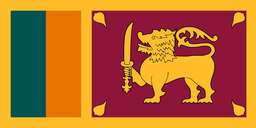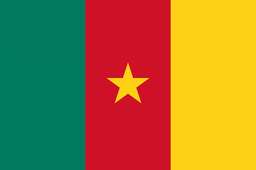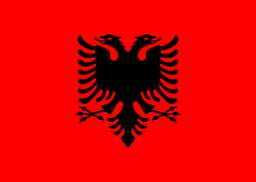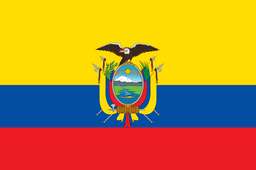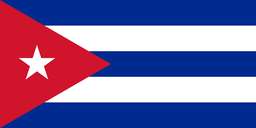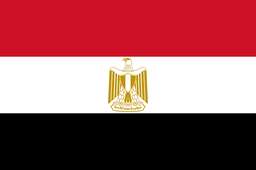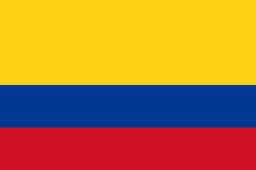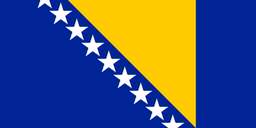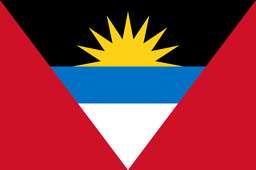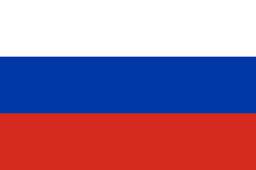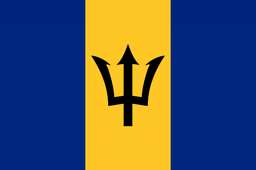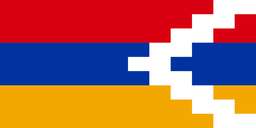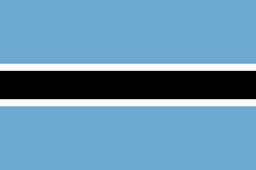Among the first civilizations on the globe, it has a rich legacy. Many languages, ideas, and cultures bloom all over India.
Prehistoric Period (7000 BCE to 3300 BCE)
India's first guests showed up during this period. Living off the earth, primitive hunter-gatherers lacked defined communities.
Indus Valley Civilization
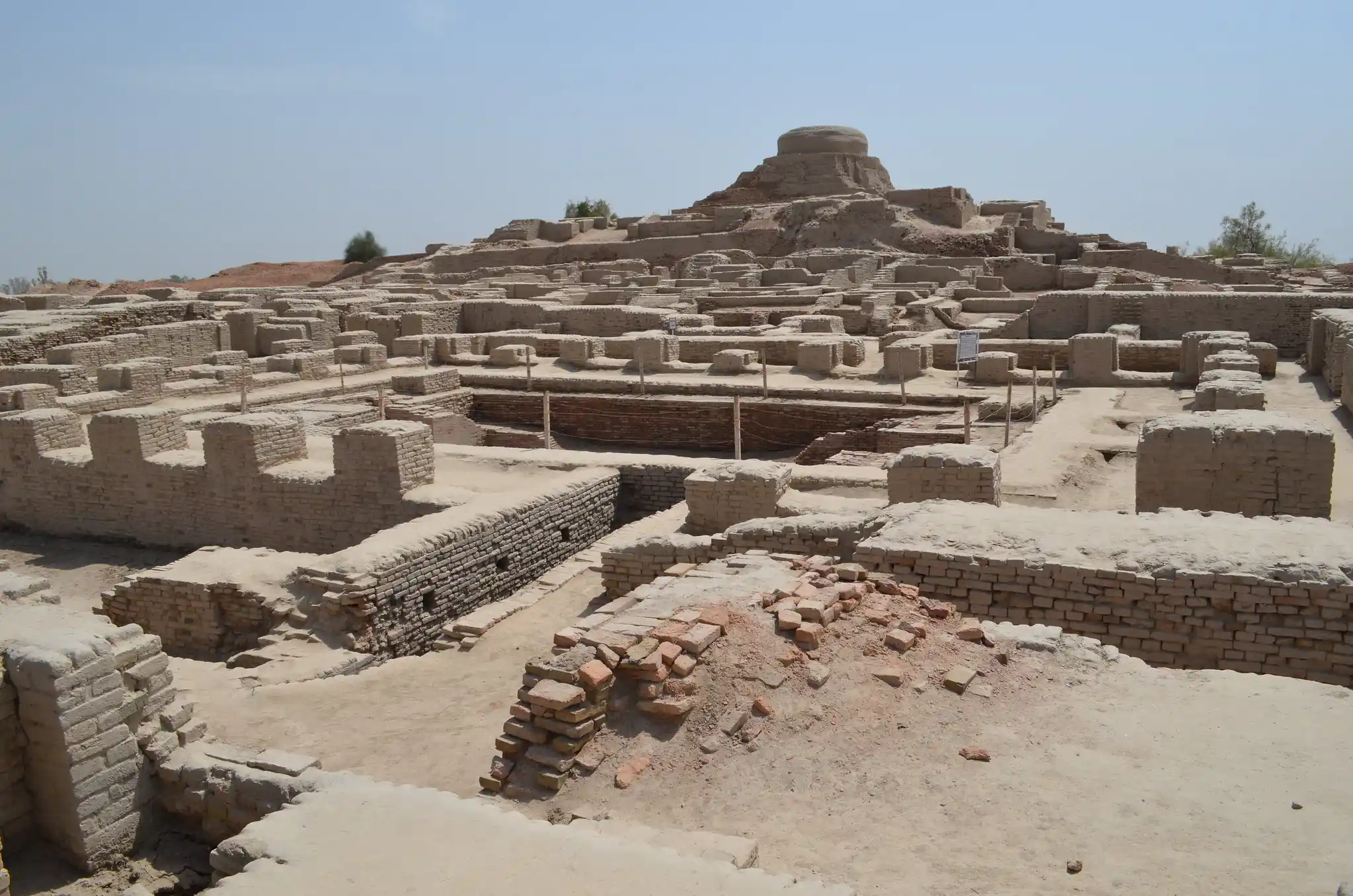
About 3300 BCE, it flourished in northwest India and Pakistan. Expert farmers from this civilisation developed cities with effective drainage systems.
Vedic Period (1500 BCE - 500 BCE)
In the Vedic era, the Central Asian tribes of Aryans were semi-nomadic. Among the four holy writings of Hinduism, the Rig Veda was written in Sanskrit. Four versus defined society: priests, soldiers, businessmen, and laborers.
Mauryan Empire
It was renowned for its efficient government and extended into Afghanistan. Ancient Indian ruler Ashoka was Chandragupta's grandson. He became a Buddhist and spread his teachings over his dominion. Rock inscriptions and well-known pillar edicts are monuments to his rule.
Medieval Period (712 CE - 1857 CE)
Over the Middle Ages, many kingdoms ruled different areas of India. Among them were the Delhi Sultanate, Cholas, Pallavas, and Chalukyas, most famously. Thanks to Arab traders, Islam arrived in northern India and spawned Sultanates there in the 12th century. Around this period, Europeans also arrived; the Portuguese were the first to establish a permanent colony at Goa.
Golden Age of Indian History (320 CE - 550 CE)
Under the Gupta dynasty, India began a "Golden Age" in history. Passionate consumers of science, arithmetic, astronomy, medicine, art, and literature, the Guptas advanced knowledge. Notable is also the ascent of Hinduism during the Gupta dynasty.
Mughal Empire
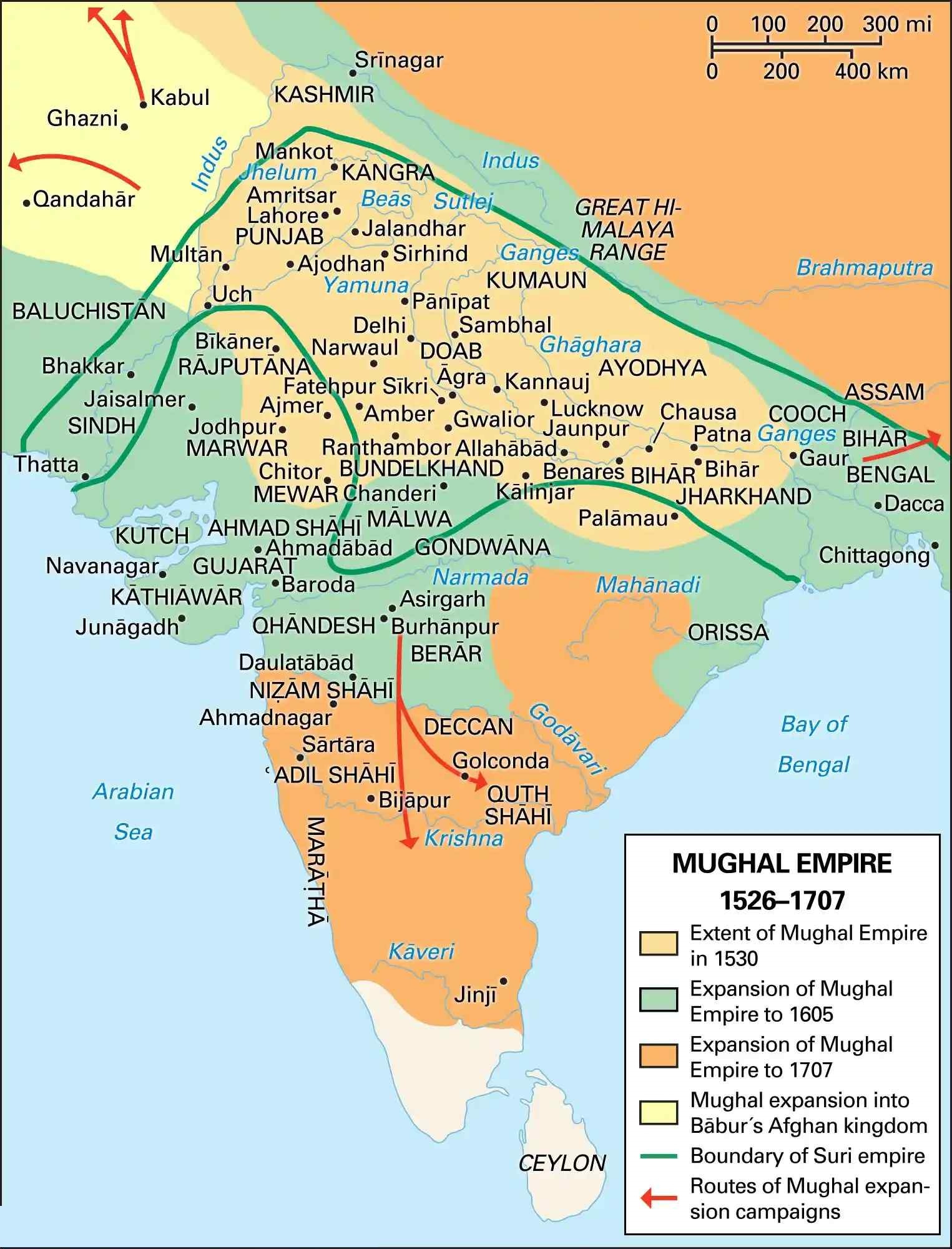
In 1526, Babur enlarged the Mughal Empire of India and Afghanistan. Among other disciplines, the Mughals produced painting, architecture, and literature. However, their power also witnessed disputes with newly formed European nations and a downturn under weak successors.
British Raj
The British East India Company ruled India from the 17th century. The British Crown controlled India directly in 1858 following the 1857 Indian Rebellion, hence the term" British Raj." Advancing with modernism, urbanism, and trains and telegraphs, Indian civilization grew. Indians were, nevertheless, exploited and harassed.
Post-Independence( 1947 CE- Present)
After gaining its independence, India battled against, among other effects, poverty, ignorance, and partition. Still, among other sectors, the nation made significant advances in technology, industry, and agriculture. It also developed as a secular democracy with a distinct cultural identity. India continues to develop among the fastest-growing economies in the world today, honoring its rich past and culture at the same time.
Independence Movement: 1915–1947 CE
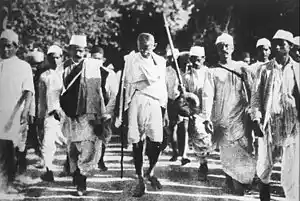
Starting its independence fight from Britain in 1885, the Indian National Congress under Gandhi, Nehru, and Bose, the movement evolved. Following years of nonviolent demonstrations and civil disobedience, Jawaharlal Nehru helped India become independent in 1947. One of the biggest historical exoduses resulted from separating India from Pakistan.
Modern India (1947 CE - Present)
India has progressed greatly since it acquired its freedom. Having changed its constitution to be democratic in 1950, it today claims to be among the fastest-growing economies worldwide. Still, it deals with issues including ignorance, poverty, and societal conflicts. Appreciating its rich cultural legacy, the nation is developing while changing. India's past is like a book with chapters of great empires, fearless leaders, invasions, conflict, and misery. Ancient India is a special nation with a rich legacy that still defines its present and future, thereby guiding it. Let us so more deeply investigate this amazing journey through time and discover the treasures of Indian history. Apart from the major events mentioned above, many other dynasties, kingdoms, and leaders have molded India's history. Every region of the country also boasts a rich cultural past and rituals that add to the diverse fabric of Indian society.
Delhi Sultanate (1206 CE - 1526 CE)
As Islamic influence spread northward, the Delhi Sultanate transformed Indian history. Former slave Qutb- ud- noise Aibak was the first Delhi Sultan. From India's politics to its architecture, the Mamluk, Khilji, Tughlaq, Sayyid, and Lodi dynasties enhanced their country. Along with administrative improvements, the Sultanate created a new income-collecting system combining Persian and Indian customs. Monuments reflecting the architecture of the time were Alai Darwaza and Qutub Minar. Notwithstanding internal strife and foreign threats, the Delhi Sultanate was ready for the Mughal era.
Empire of Maratha (1674–18)
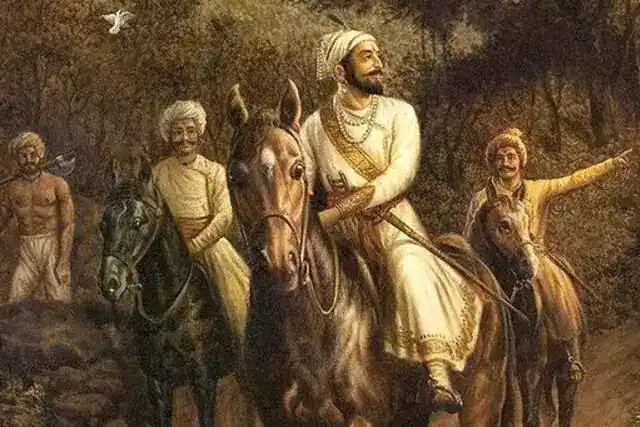
In the 17th century, Shivaji routed the Mughals and established the Hindu Maratha Empire in Maharashtra. Under his successors, the empire grew and took the stage in Indian politics. Marathas were renowned for military force, guerrilla fighting, and administrative prowess. Still, they fell from internal struggle and regional conflict. Her several monarchs and dynasties shaped Indian civilization.
Islamic Invasions (711–1526 CE)
In the ninth century, Arab invaders from Persia subjugated Sindh, hence bringing Islamic rule over India. For centuries, the Mughal Empire and the Delhi Sultanate governed Indian territories. These leaders molded Indian cuisine, architecture, art, and culture. Conflicts with Hindu kingdoms and social tensions between the two religions nevertheless also defined their rule. The second most populous Muslim nation in the world, Islam expanded in India thanks in great part to Islamic conquests as well.
European Colonization (1498 CE - 1947 CE)
European colonization started with the appearance of Portuguese adventurer Vasco da Gama in India in 1498. Along the coast, the Portuguese, Dutch, French, and British set up trade stations and finally acquired authority over several areas of India. Several upheavals against colonial control resulted from the exploitation and persecution of Indians for financial benefit throughout this period. It also introduced new crops and businesses, therefore bringing major changes in the Indian economy and culture. Originally seeking trade, the British East India Company grew to be a significant political force controlling India until its independence in 1947.
Colonial Rule (1757 CE - 1947 CE)
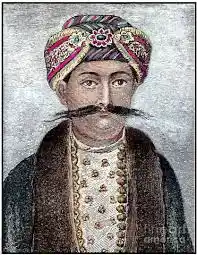
Gradually, the trading corporation, the British East India Corporation, came to rule certain areas of India. They toppled Siraj-ud-Daulah, the last strong Indian king, in 1757 and came to control Bengal. The British seized practically all of India throughout time and governed until India acquired its freedom in 1947.
Culture and Heritage
India has a great and varied cultural legacy molded by centuries of historical influences. Every part of the nation presents a different mix of customs, celebrations, and traditions that capture its unique character. From energetic dances and music to historic temples and monuments, Indian culture has a strong link with its past and presents a mix of modernism and legacy.
Literature
The Vedas are early Indian writings. Indian classics among the Vedas, Mahabharata, and Ramayana are Writings in Tamil, Urdu, Bengali, and Hindi. R.K. Narayan and Tagore advance Indian writing.
Food
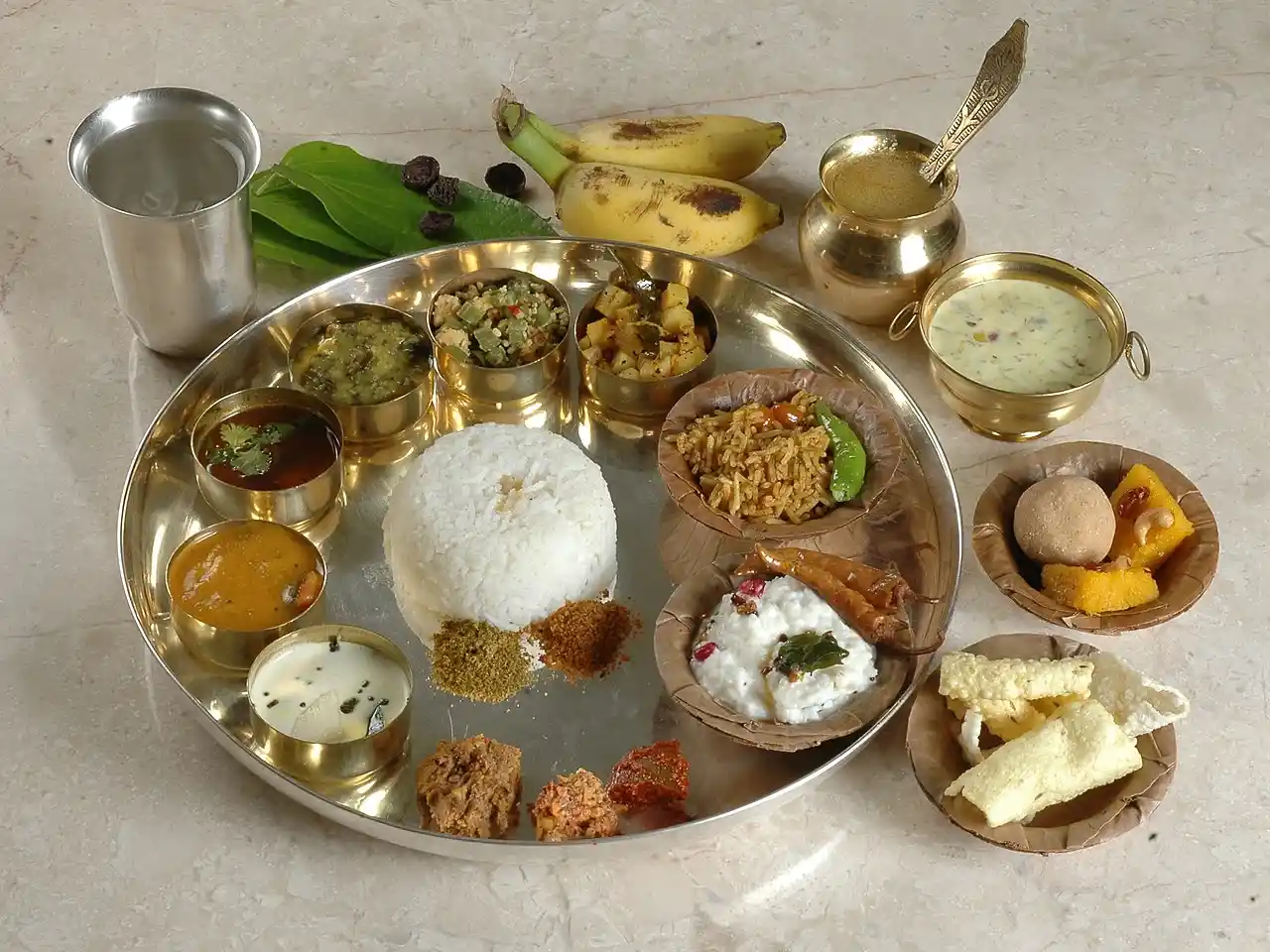
Strong tastes, aromatic spices, and varied cuisine help to explain Indian food's popularity all around. Northern gravies are creamy; southern curries are spicy. Biryani, dosa, jalebi, and gulab jamun are Indian food specialties. Indian society and customs revolve around food.
Languages
In India, language variety consists of hundreds of regional dialects and 22 acknowledged languages. Hindi and English are the official languages; Tamil, Telugu, Bengali, Marathi, and Punjabi show regional characteristics. Indian society is linguistically varied.
Sports
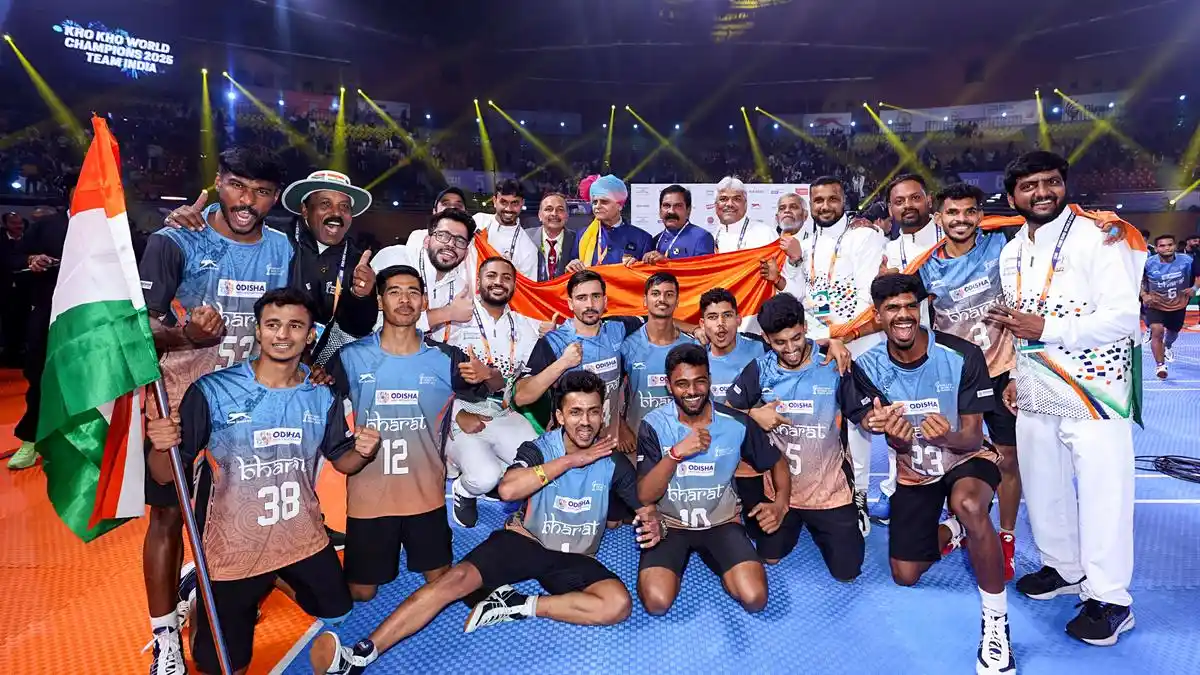
Sports there are also diverse, much like the population of India. Millions of people, especially in India, like cricket, which is sometimes regarded as more of a religion than a game. While wrestling, kabaddi, and kho-kho are culturally important, hockey is national. Popular sports include chess, football, and badminton. India's varied and expanding intellectual, culinary arts, linguistic, and athletic traditions reflect its people. Taken together, they paint a startling picture of a nation strongly rooted in its past yet aggressively modernizing to fit the future.
From Independence to Present: Political Landscape
India's political scene has expanded extensively since its 1947 independence. Once an administrative republic, the nation saw early times of independence dominated by the Indian National Congress( INC), under leaders such as Jawaharlal Nehru, defining the political frame of the nation. Centered on the Nehruvian period, denomination, illiberalism, and deliberate profitable development in the Late 1960s and 1970s brought significant political metamorphosis. Indira Gandhi introduced the divisive Green Revolution at the time and declared a 1975 emergency, suspending India's popular liberties. Following the Emergency, coalition politics developed as regional parties entered the political scene and changed the political balance.
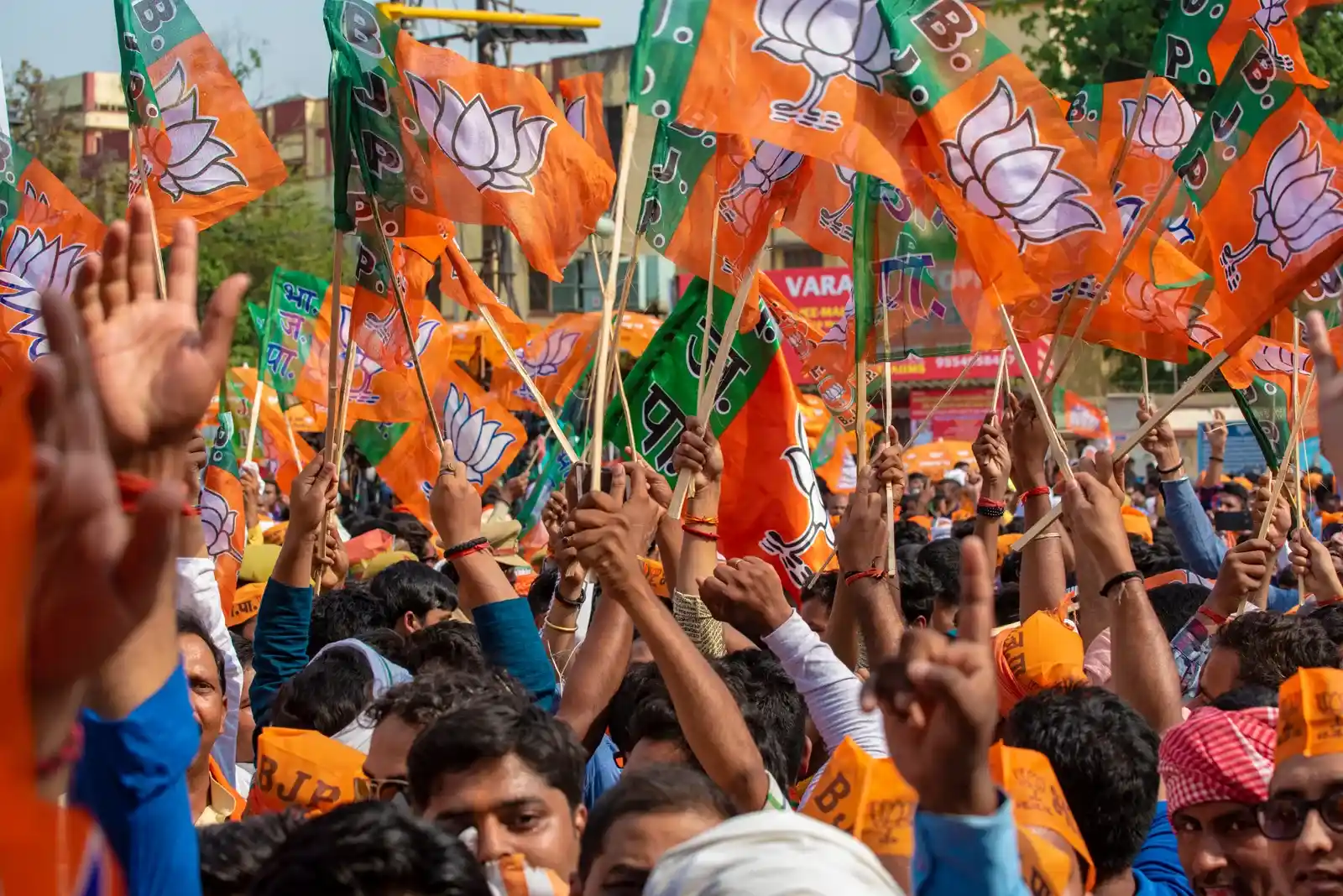
The doors of the Indian economy opened in the 1990s, and the Bharatiya Janata Party (BJP) became a fierce rival to the INC. All this places the time against divisive events like the Ayodhya conflict and caste-based reservations. India's political system has been more competitive over the past two decades, with power switching fast between national and regional parties. Right now, the BJP leads India; Prime Minister Narendra Modi has been in charge since 2014. Still unresolved political issues for the country are corruption, harmony amongst communities, and socioeconomic inequalities. Still, India's strong democracy is one of its best assets: active engagement and discussion on the future direction of the country.
Conclusion
India's history is a complex tapestry created by combining the works of countless civilizations and leaders throughout thousands of years. It also shows the tenacity and variety of its inhabitants as well as their contributions to this planet.





